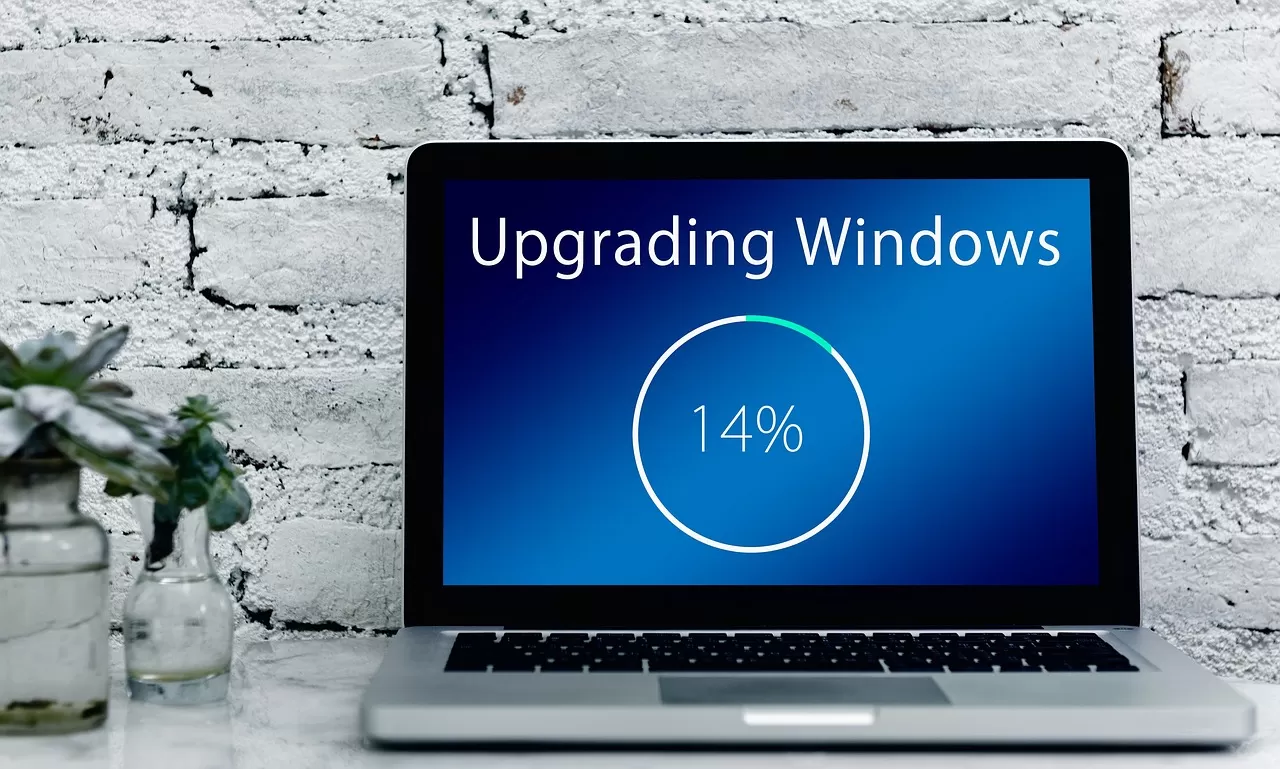Zero Trust Network Access is a security concept that has been gaining popularity in recent years. The basic idea is that no one should be trusted implicitly, and all traffic should be treated as potentially hostile. This can be contrasted with the more traditional approach of trusting everyone inside the network and only treating external traffic as suspicious.
There are several advantages to Zero Trust Security. First, it is much more effective at preventing data breaches than traditional security models. Second, it is less likely to cause disruptions to legitimate users, since all traffic is treated equally.
Defining Zero Trust Network Access
Zero Trust Network Access (ZTNA) is a security architecture that has been designed to address the shortcomings of the traditional network security model. In a traditional network security model, all devices on the network are treated as trusted and are given access to all resources on the network.
This approach does not take into account the fact that many devices on a network may not be trustworthy. ZTNA addresses this issue by treating all devices on a network as untrusted and only allowing them to access resources that they have been explicitly authorized to access.
The advantages of ZTNA over traditional network security models are numerous. First, ZTNA is more effective at detecting and preventing attacks than traditional models. This is because ZTNA does not rely on perimeter defenses, which can be breached by sophisticated attackers.
The Benefits of Zero Trust Security
Zero trust security is a term for security models that don’t rely on predefined trust levels. Instead, they verify the identity of users and devices before granting access to resources.
There are several advantages of zero trust security:
First, it helps to prevent data breaches. By verifying the identities of users and devices, zero trust security can make it much harder for hackers to gain access to sensitive data.
Second, zero trust security can improve productivity. By simplifying the process of granting access to resources, zero trust security can save businesses time and money.
Finally, zero trust security can improve collaboration. By making it easier to share data and work together on projects, zero trust security can help businesses be more efficient and effective.
How Zero Trust Network Access Works
Zero Trust Network Access (ZTNA) is a security architecture that does not rely on predefined trust levels. Instead, it authenticates and authorizes every user, device, and application before granting access to network resources. ZTNA also verifies the identity of users and devices before allowing them to communicate with each other.
The advantages of Zero Trust Security are many. By authenticating and authorizing every user, device, and application, ZTNA eliminates the need for predefined trust levels. This makes it much more difficult for attackers to gain access to sensitive data or systems. Additionally, by verifying the identities of users and devices before communication occurs, ZTNA helps prevent malicious activity such as Man-in-the-Middle attacks.
The Origins of Zero Trust Security
Zero trust security is a term for security models that don’t rely on predefined trust levels. Devices and users are both treated in the same manner, so it’s impossible to cut corners in the security process. Security isn’t a one-time event—it’s an ongoing journey that requires constant vigilance.
A zero trust security strategy starts with the assumption that everyone and everything is untrusted until proven otherwise. This means that instead of creating a perimeter and then trusting anything inside of it, each request is evaluated on its own merits.
There are several advantages to this approach. First, it’s much more difficult for attackers to exploit vulnerabilities when they can’t rely on there being any weak points in the system. Second, it s much easier to detect and prevent attacks when they’re happening. This approach makes it more difficult for attackers to use techniques like spear phishing and watering hole attacks that rely on gaining access to a network through a single user or computer.
Implementing Zero Trust Network Access

Zero trust network access is a term for security models that don’t rely on predefined trust levels. Devices and users are both treated in the same manner, so it’s impossible to cut corners in the security process. Security is a fundamental element of using zero trust networking, as is increasing transparency and collaboration among users.
A zero trust network doesn’t give any user or device automatic access to data or systems. Instead, each request is evaluated on its own merits. This comprehensive approach to security can be time-consuming, but it eliminates blind spots in your network that could be exploited by malicious actors.
Implementing zero trust networking can be a challenge, but the benefits are worth it. By taking a comprehensive approach to security, you can protect your data and systems from even the most sophisticated attacks.
Conclusion
A zero trust security model is one in which access to data and systems is not automatically granted simply based on an individual’s identity or location. Instead, all users are treated as untrusted and must go through an authentication and authorization process every time they attempt to access a resource.
There are many advantages to using a zero trust security model. Perhaps the most important is that it helps to prevent data breaches by making it much more difficult for malicious actors to gain access to sensitive information. Additionally, zero trust security can help improve organizational efficiency by reducing the need for IT staff to constantly monitor and manage user permissions.
While there are clearly many benefits to using a zero trust security model, it’s important to note that this approach is not without its challenges.
















